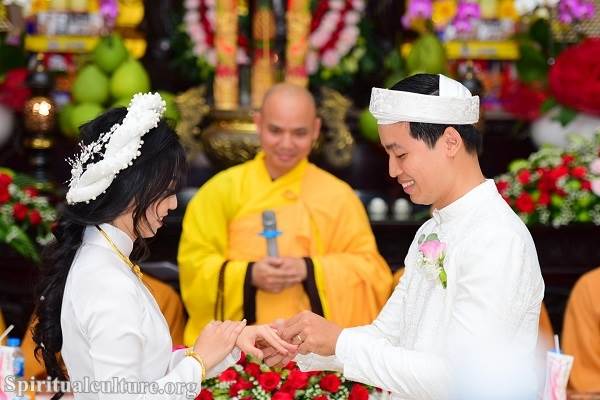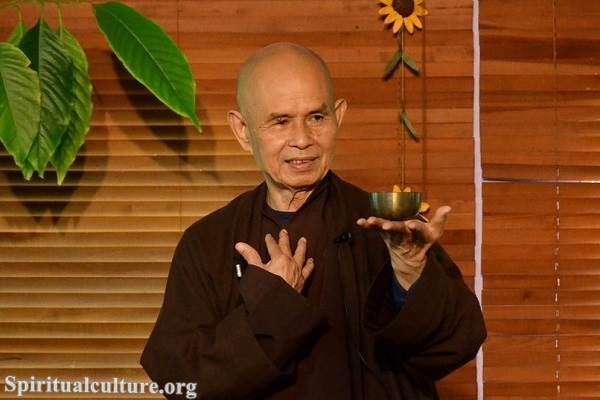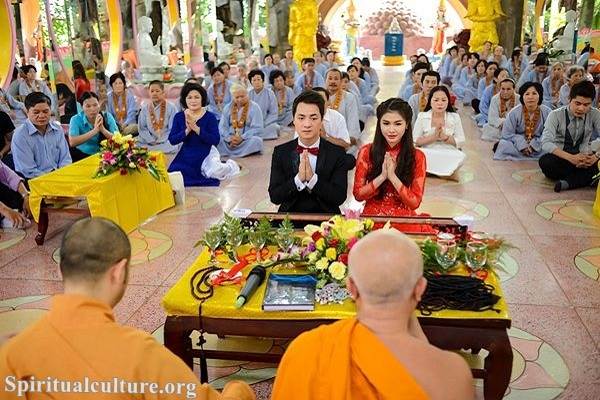Buddhism, born in the Indian subcontinent, found its way across mountains, deserts, and empires—not by sword or empire, but by silent scrolls, wandering monks, and the shared longings of humankind. Nowhere is this quiet yet profound journey more vivid than along the legendary Silk Road. This ancient network of trade routes became not only a conduit for silk, spices, and precious stones—but also for spiritual ideas that reshaped civilizations.
As Spiritual Culture, we invite you to journey with us through deserts of sand and time—to witness how a single awakening under the Bodhi tree blossomed across the heart of Asia. This article explores how Buddhism spread along the Silk Road, how it adapted to new cultures, and why its journey still matters today.
🏯 The Silk Road: More Than Commerce
What Was the Silk Road?
The Silk Road was not one single road but a vast network of interconnected trade routes stretching from China through Central Asia to the Mediterranean. It reached its height during the Han Dynasty (206 BCE–220 CE) and continued to flourish for centuries, particularly under the Tang (618–907 CE) and Mongol (13th–14th century) empires.
Traders, pilgrims, monks, diplomats, and adventurers traversed these routes. As they exchanged goods, they also shared languages, philosophies, and sacred traditions—including the teachings of the Buddha.
Why Did Ideas Travel with Goods?
While traders carried silk and porcelain, monks carried sutras and prayers. Merchants and kings alike sought not only wealth but also meaning. Spiritual ideas traveled easily along the same paths, and Buddhism—offering liberation from suffering and the promise of enlightenment—proved deeply attractive across cultures.
🧘 How Buddhism Entered the Silk Road
From India to Central Asia
The earliest spread of Buddhism occurred during the reign of Emperor Ashoka (r. 268–232 BCE), who, after his conversion, sent missionaries to distant lands, including areas near the Silk Road’s routes. By the 1st century CE, Buddhist communities had emerged in Bactria (modern Afghanistan), Gandhara, and Sogdiana.
One key reason: these regions were already cosmopolitan melting pots. Greek, Persian, and Indian cultures intersected in these crossroads cities, making them fertile ground for new ideas.
The Role of Kushan Patronage
The Kushan Empire (1st–3rd centuries CE), which controlled vast territories of Central Asia and northern India, played a pivotal role. Its rulers—especially King Kanishka—were strong patrons of Buddhism and helped sponsor the construction of stupas and the translation of texts. Kanishka’s court may have hosted the Fourth Buddhist Council, where Mahayana teachings gained prominence.
🏔️ The Northern Route: Through the Taklamakan Desert
Oases of Dharma
As Buddhism moved east, it followed the Northern Silk Road through the forbidding Taklamakan Desert. Yet between its perilous sands lay vital oasis towns—places like Khotan, Kashgar, Dunhuang, and Turfan. These cities became vibrant centers of Buddhist learning, art, and scripture preservation.
Here, monks from India and Central Asia translated Sanskrit sutras into local languages, while local rulers built monasteries and cave temples to express devotion and attract pilgrims.
The Caves of Dunhuang
Perhaps the most iconic testimony to Buddhism’s Silk Road journey lies in the Mogao Caves near Dunhuang. Between the 4th and 14th centuries, artists carved and painted hundreds of grottoes with murals of Buddhas, Bodhisattvas, celestial beings, and donor figures.
One cave held the famed “Library Cave,” sealed in the 11th century and rediscovered in 1900. Inside were over 40,000 manuscripts, including Buddhist scriptures in Chinese, Sanskrit, Tibetan, and even Hebrew and Sogdian—a treasure trove showing the spiritual diversity of the Silk Road.
🕉️ Syncretism and Transformation
Mahayana’s Rise and Adaptation
Mahayana Buddhism, with its expansive cosmology and focus on compassion, traveled well along the Silk Road. It absorbed and adapted to local beliefs. Avalokiteshvara became a universal savior figure; Maitreya, the future Buddha, offered hope in troubled times.
In Central Asia, Gandharan art fused Greek realism with Indian sacred themes—producing the first iconic images of the Buddha. In China, Confucian and Daoist values shaped how Buddhist ethics were interpreted.
The Spread into China, Korea, and Japan
By the 1st century CE, Buddhism had reached China, where it was first treated as a foreign curiosity. But as monks translated texts and connected Buddhist teachings with Daoist and Confucian ideas, it gained deeper traction.
Later, Buddhist travelers like Faxian (4th–5th century) and Xuanzang (7th century) would journey westward in search of authentic scriptures and return with thousands of texts, revitalizing Buddhist scholarship.
From China, Buddhism spread to Korea and Japan, carried by both missionaries and monks-in-exile. The spirit of the Silk Road echoed across East Asia long after caravans stopped.
📖 Sacred Texts and Multilingual Transmission
The Role of Translation
The Silk Road facilitated one of the greatest translation movements in human history. Sanskrit sutras were translated into Chinese, Tibetan, Uyghur, and Sogdian.
Monks like Kumarajiva (344–413 CE), born in Kucha, trained in Indian texts and Chinese language, created accessible yet faithful translations of core sutras. His work remains foundational in East Asian Buddhism.
Sacred Language and Accessibility
Unlike other faiths that insisted on a single sacred language, Buddhism adapted. Its ability to speak the local tongue—literally and metaphorically—was key to its spread. A teaching that speaks the heart’s language needs no passport.
🌍 Pilgrimage, Monastic Networks, and Cultural Bridges
Monasteries as Spiritual Rest Stops
Along the Silk Road, monasteries weren’t just spiritual centers—they were sanctuaries for weary travelers. These centers offered food, shelter, medicine, and refuge. Monks served as healers, teachers, and cultural intermediaries.
As pilgrims journeyed to sacred sites in India or China, they also strengthened networks of shared belief and practice. These monastic hubs preserved not only teachings but also art, music, and medicine.
Cultural Cross-Pollination
Thanks to Buddhism, Chinese medicine borrowed from Ayurvedic principles. Buddhist iconography merged with Persian and Greco-Roman styles. Central Asian scripts carried mantras across borders.
The Silk Road became a river of cultural intermingling, where Buddhism acted as both a bridge and a mirror—reflecting back universal truths in new forms.
🛑 Decline and Endurance
Why Did Buddhism Decline Along the Route?
From the 10th century onward, Buddhism’s influence along parts of the Silk Road began to wane. The spread of Islam into Central Asia, combined with political upheaval and shifts in trade patterns, led to the decline of many Buddhist centers.
In China, waves of persecution—such as the Great Anti-Buddhist Persecution of 845 CE—also stifled its institutions.
Yet Buddhism did not vanish. In Tibet, Mongolia, Japan, Korea, and Southeast Asia, the seeds planted along the Silk Road continued to blossom in new and enduring ways.
🔍 What This Means for Us Today
The Spiritual Message Behind the Movement
The journey of Buddhism along the Silk Road is not merely a tale of maps and monasteries—it is the story of the human spirit seeking truth across boundaries.
It reminds us that:
- Truth travels well when carried in compassion, not conquest.
- Faith grows when it speaks the local tongue and respects the host culture.
- Wisdom endures when it walks humbly and serves the weary.
A Mirror to Modern Globalization
In today’s interconnected world, we too live along “Silk Roads”—digital highways, airports, trade deals, and cross-cultural encounters. The ancient Buddhist journey teaches us to carry what is sacred with gentleness, to listen deeply across difference, and to honor each culture’s own quest for the eternal.
🌿 Reflect and Reimagine
The Silk Road may lie quiet now beneath sand and stone, but its legacy hums in every chant, every statue, every translated sutra. It calls us to ask:
- What spiritual treasures are we carrying in our lives?
- Are we translating wisdom into the language of today’s world?
- What does it mean to be a pilgrim—not only of place but of heart?
As Spiritual Culture, we honor the monks who walked deserts with scrolls on their backs, the artists who painted caves for the unseen, and the seekers—past and present—who cross boundaries in search of truth.
Let this history be not just knowledge, but a compass. Let it point us toward compassion, curiosity, and courage.
May your path—wherever it leads—be illumined with insight and grace.



